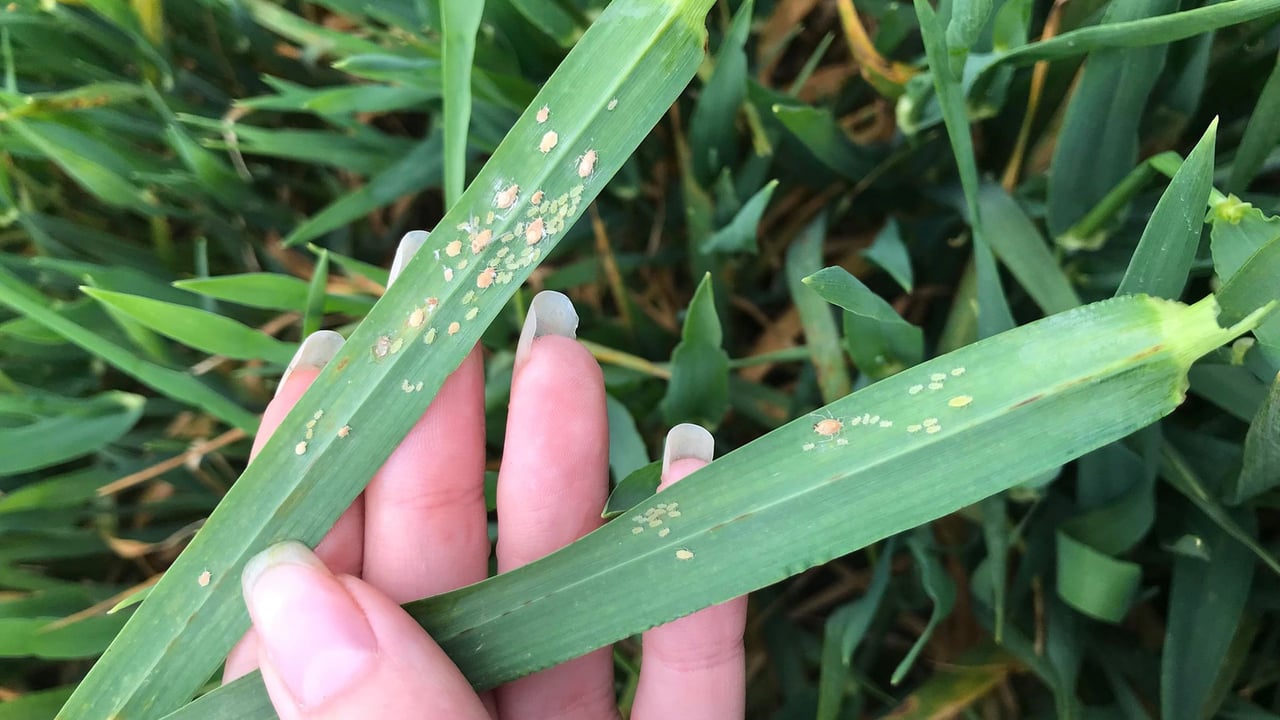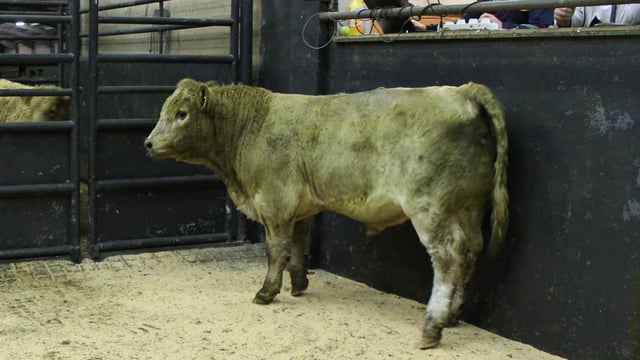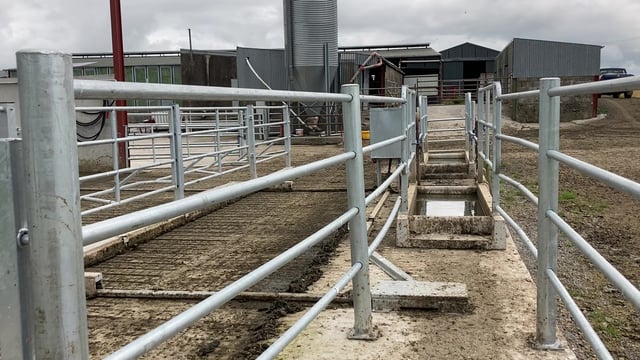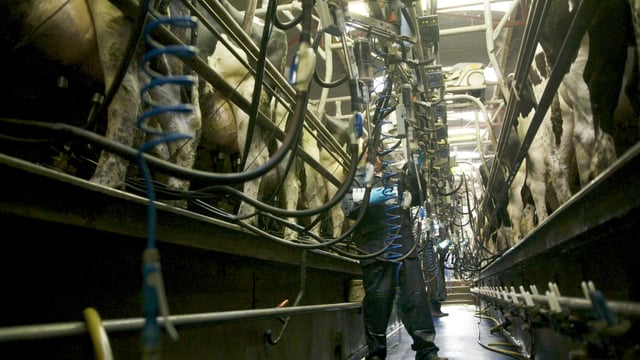Are your spring barley crops ‘off colour’?
According to Teagasc, a significant number of spring barley crops are looking decidedly yellow in hue at the present time.
So what might be causing this ‘off colour’ effect? Overall, this year’s spring barleys are better than expected considering that the majority of crops were planted after April 20.
Weather conditions have been favourable for crop growth and development. However 'off colour' spring barley is causing concern for some growers this week.
The causes are varied but yellowing and retarded crop growth from soil compaction is very common.
Other issues reported are evidence of Barley Yellow Dwarf Virus (BYDV) and leaf scorch from herbicide and fungicide application.
According to Teagasc tillage specialist, Ciaran Collins, temperature drives crop development.
Met Eireann has confirmed that that May 2024 was the warmest May on record, with an average temperature of 13.08°C.
While rainfall in May was below average, crops had enough moisture, and establishment and subsequent crop growth has been excellent.
As a result, many crops have reached target shoot counts and have the potential to reach target yield.
However, there are a range of issues affecting some crops that will diminish yield. Soil compaction is common across the country. This is hardly surprising considering how wet land was prior to sowing.
While the soil surface was dry and fields were fit to roll post-sowing, there was an underlying dampness that has led to some compaction issues.
According to Collins, spring barley is very sensitive to compaction and more passes over the field will have exacerbated the problem.
The symptoms are usually yellowing of the crop as a result of restricted root growth and reduced nutrient uptake. Headlands and wetter parts of fields are worse affected.
“Test holes should be dug with a spade to investigate location and the extent of the compaction problem," Collins explained.
“It is important that the crop receives all its major and micro nutrient requirements, but excess nitrogen or additions of micro nutrients will not alleviate the crop stress. Remedial action will come post-harvest.”
The amount of BYDV in crops is also causing concern. It was fully expected that the issue would rear its head in late-sown crops. And so it has turned out to be.
As a consequence, the majority of growers prioritised the application of an insecticide at the 3-4-leaf stage.
But, even with a well-timed insecticide, some BYDV symptoms are inevitable. However, research and experience tells us that this will not have a significant impact on yield and quality.
Rapid growth during the critical period ahead may also reduce the impact. Time will tell if this turns out to be the case.





